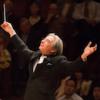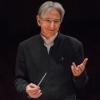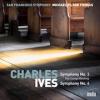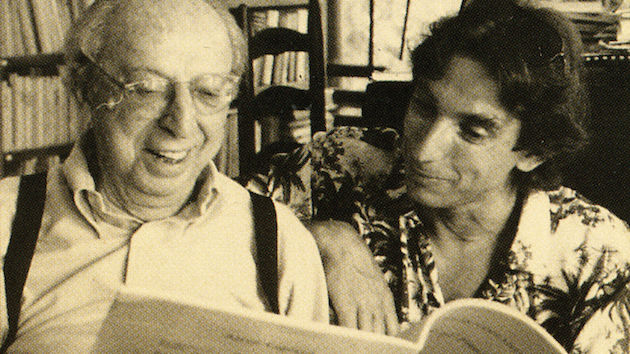
Stirring, expansive, glittering with orchestral color and anchored in its final movement by his famous Fanfare for a Common Man theme, Aaron Copland’s Third Symphony is Copland with a bold-face, capital C.
While neither programmatic nor narrowly purpose-driven, this glorious piece is both firmly emblematic of its time and timelessly compelling Moved by the shattering and heroic events of World War II, Copland began work on the piece in 1944 and fashioned a 40-minute opus that fuses anguish and aspiration, grimacing humor and transfiguring grace. The Boston Symphony Orchestra premiered the symphony in 1946.
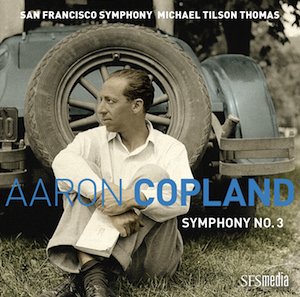
Fittingly, in a piece that showcases the section throughout, the brasses get the first word in the opening movement. A simple melodic cell — characteristically Coplandesque with its spacious wide intervals — becomes the basic material for an eventful exploration. Premonitions of Common Man emerge, festooned with oscillating strings. The movement’s core material darkens and turns turbulent. More development, at once structurally ingenious and emotionally charged, finally gives way to a pacific tonic finale.
The brasses lead the way again, in a Scherzo of sly and subversive invention. Copland reaches into a grab-bag of effects — the high strings swaying over gently plucked pizzicatos down below, a chattering xylophone riff, a bucolic twitterfest from the woodwinds, military-grade drum rolls. The musicians make a lark of it all, keen to every trick in Copland’s burlesque and alert to the movement’s shifting moods and temperaments.
The third movement, marked Andantino quasi allegretto, opens with an eerie high string pianissimo. The mournful air of a threnody gives way to more optimistic territory. Shades of the composer’s Rodeo and Appalachian Spring flicker to life, but in complex harmonic sheaths. Tilson Thomas and the orchestra are in especially vivid form here, as the music continues to morph — now jittery, now becalmed — landing finally on a hauntingly unstable resolution, as if in recollection of the movement’s unsettled course.
In appropriating his 1942 Common Man tune, Copland hands it first to the woodwinds for a quiet recitation of the fanfare at the top of the final movement. Even when the brasses join in the exaltation gets a different, more ambiguous setting. The jangly percussion, featuring bells and a rachet, join the tumult, as this remarkable, fervent work strides to a close.
The case is made. Copland, who made a point of identifying the piece as his Third Symphony rather than Symphony No. 3, branded the work unmistakably as his own. The Fanfare alone assured that. But as this kinetic recording affirms, his powers of invention and originality were fully engaged. In what may stand as his last great act as the San Francisco Symphony’s music director, Tilson Thomas has his orchestra plugged in to it all from start to finish.


